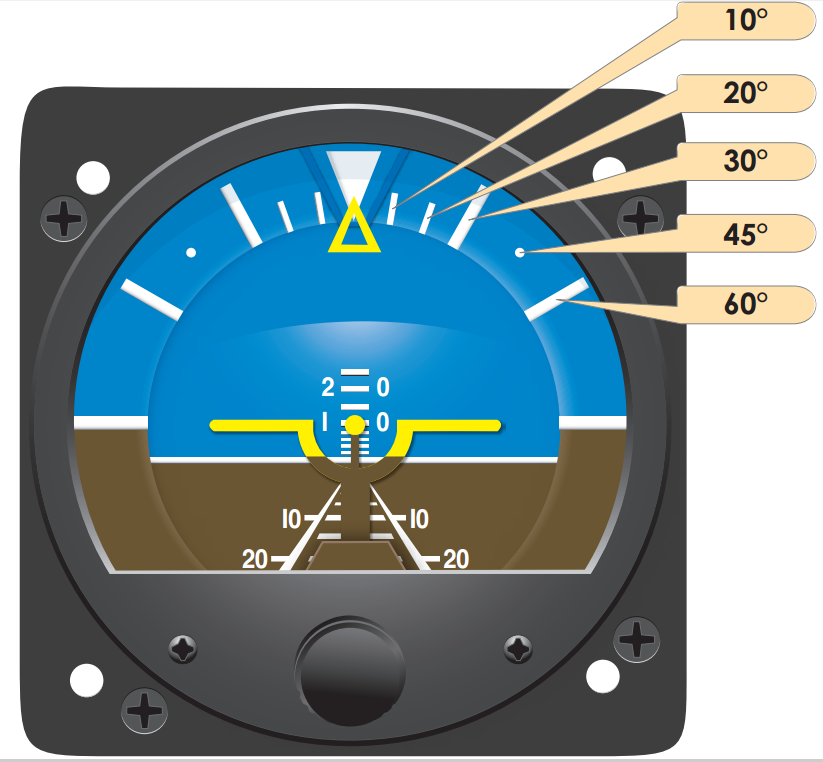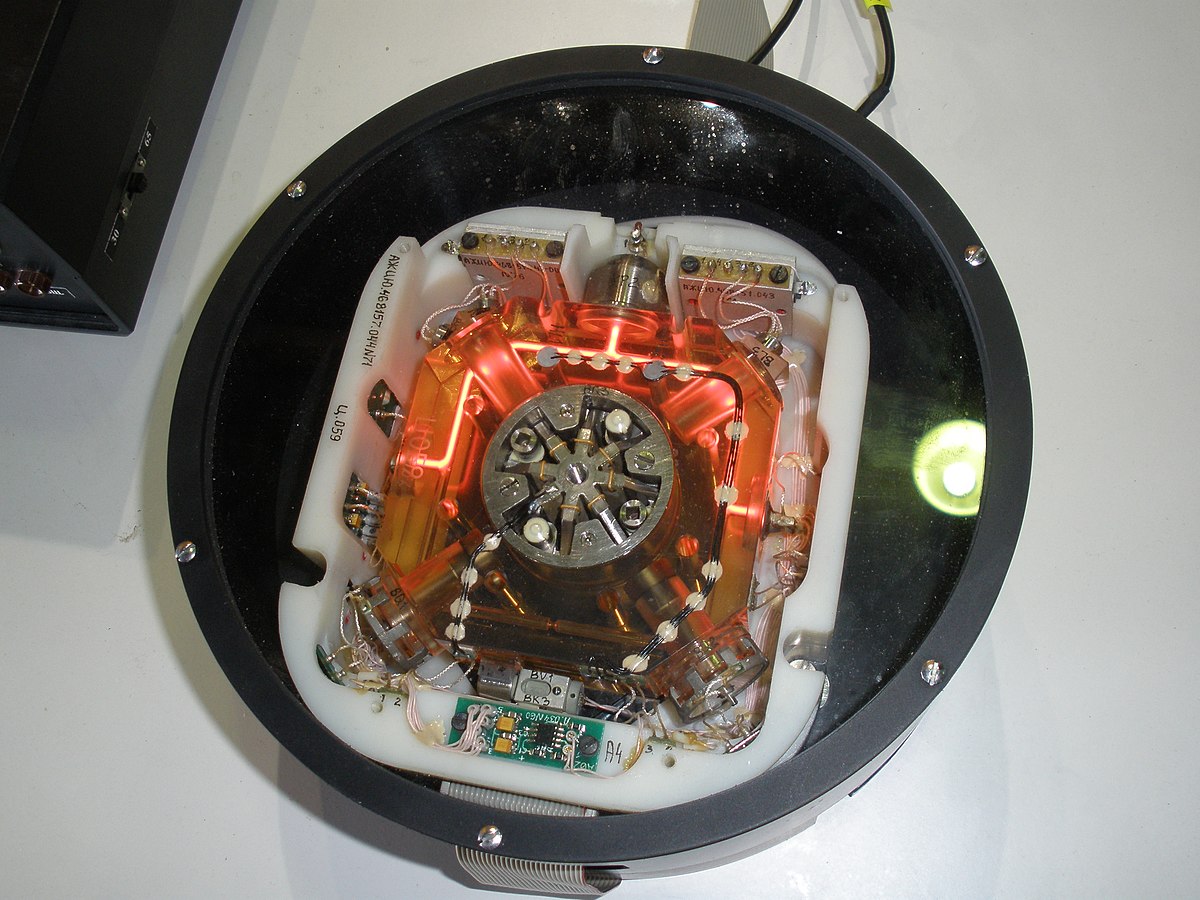tgh
Established Member
- Joined
- Apr 23, 2006
- Posts
- 3,762
VFR int IMC
I have read many many reports in Aviation safety digests with this subject line.
The desire to press on and "get home" was often a best guess diagnosis for otherwise inexplicable cloud related accidents
I offer that clouds look pretty innocent when out in the blue.
Glider pilots in the 60's often drifted into a bit of cloud.
Trying to get a few hundred feet more out of a thermal was a common causation.
I recall the transition as quite confronting , switching to instruments was easy but the aural and gravitational inputs to the brain are amplified as the horizon vanishes and this was extremely difficult to overcome.
To that end many glider pilots have had spin recovery practice out of the bottom of cloud base.
Sadly some were lost after coming out inverted and failing to recover.
I have read many many reports in Aviation safety digests with this subject line.
The desire to press on and "get home" was often a best guess diagnosis for otherwise inexplicable cloud related accidents
I offer that clouds look pretty innocent when out in the blue.
Glider pilots in the 60's often drifted into a bit of cloud.
Trying to get a few hundred feet more out of a thermal was a common causation.
I recall the transition as quite confronting , switching to instruments was easy but the aural and gravitational inputs to the brain are amplified as the horizon vanishes and this was extremely difficult to overcome.
To that end many glider pilots have had spin recovery practice out of the bottom of cloud base.
Sadly some were lost after coming out inverted and failing to recover.

















